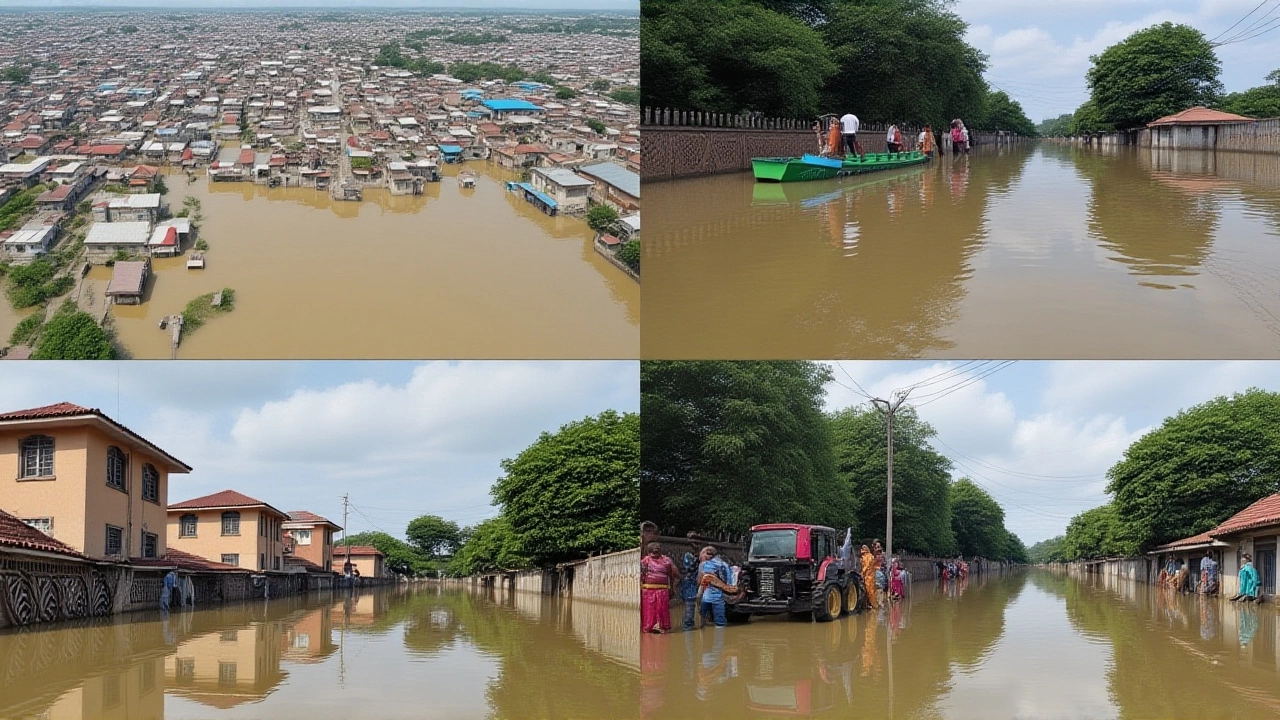Yamuna River – Real‑time Updates & Insights
When talking about Yamuna River, the longest tributary of the Ganges that flows through northern India, shaping the lives of millions. Also known as Yamuna, it provides drinking water, supports agriculture, and holds cultural significance across the region. This page gathers the most relevant information you need, from daily water‑level alerts to long‑term planning details.
One of the biggest hubs along the river is Delhi, India's capital city that depends on the Yamuna for over 30% of its drinking water. The city’s rapid growth puts pressure on the river, making water pollution, the discharge of untreated sewage and industrial waste into the Yamuna. These contaminants raise health risks and degrade ecosystems, prompting authorities to launch treatment plants and monitoring stations.
Because the river’s flow varies dramatically with the monsoon, flood management, strategies like embankments, early‑warning systems, and controlled releases from upstream dams. are crucial to protect low‑lying neighborhoods. Recent upgrades to the flood‑prediction network have cut emergency response times, giving residents a better chance to evacuate safely.
Key aspects of the Yamuna River
Beyond water supply and flood control, the river is at the heart of riverfront development, projects aimed at creating recreational spaces, clean‑up zones, and tourism corridors along the banks. These initiatives blend urban design with environmental restoration, turning formerly polluted stretches into parks, walkways, and cultural venues.
Understanding the river’s seasonal rhythm helps you stay prepared. During peak monsoon months, water levels can rise by more than two meters within a day, while in the dry season the flow may drop to a trickle, exposing sandbars and increasing concentration of pollutants. Keeping an eye on real‑time gauges and community alerts can prevent surprises.
The Yamuna also supports a rich biodiversity. Even with the challenges, stretches near the upper basin still host river dolphins, otters, and migratory birds. Conservation groups monitor these species, using the data to push for stricter pollution controls and habitat protection.
For residents and commuters, practical tips matter most. Keep a spare bottle of water during hot weeks, avoid direct contact with river water after heavy rains, and report illegal dumping to local authorities. Schools near the river often organize clean‑up drives—joining them is a simple way to contribute.
Below you’ll find a curated list of recent updates, safety guidelines, and deep‑dive articles that cover everything from flood alerts to the newest riverfront park openings. Dive in to stay informed, stay safe, and help keep the Yamuna healthy for the generations that follow.
Mathura Flood: Yamuna levels dip to 167.04 m, schools stay closed
Mathura's 2025 flood sees Yamuna peak at 167.64 m, schools stay closed and relief efforts intensify as water slowly recedes.
